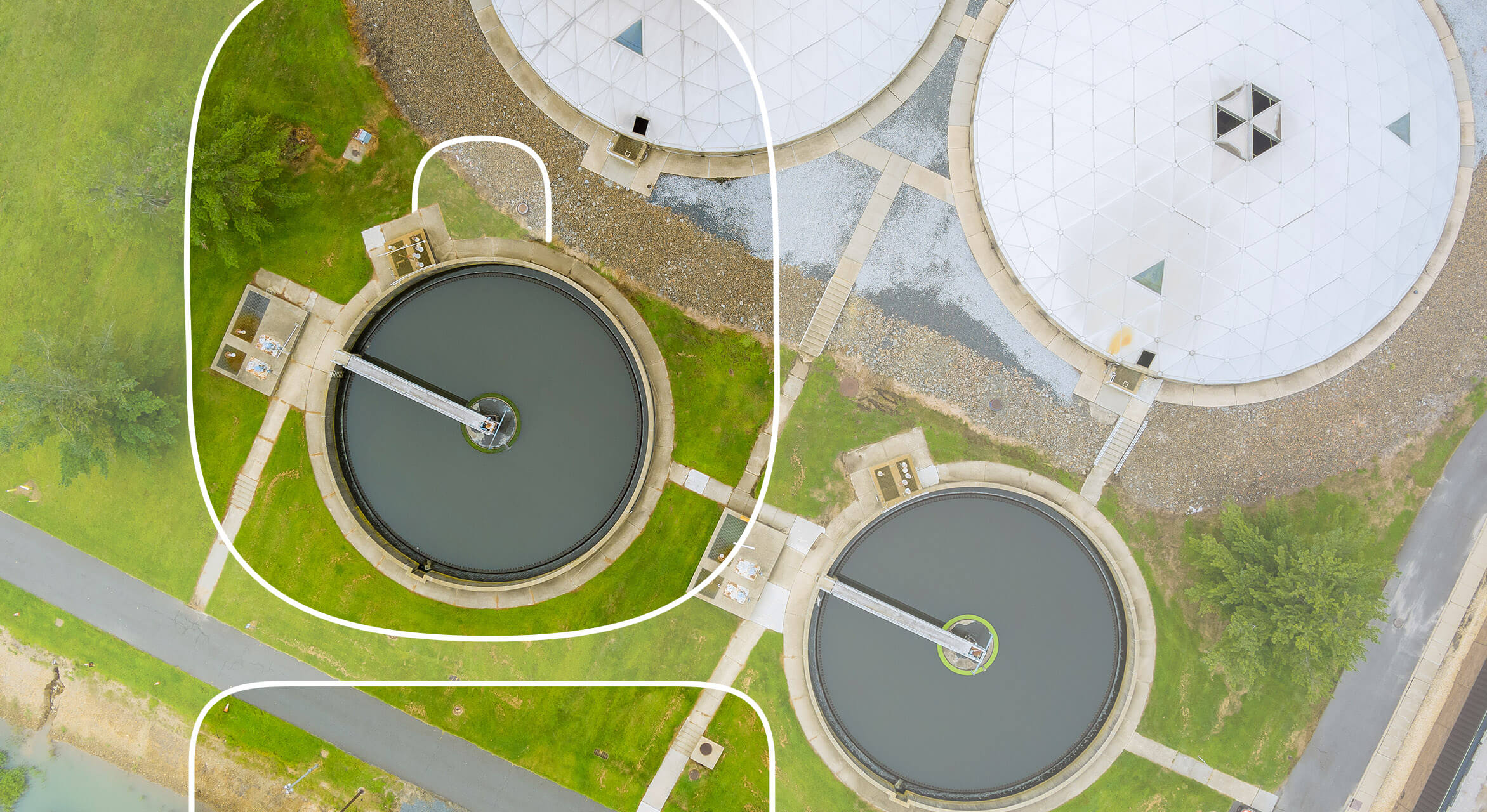All-in-One Wastewater Services for Home and Commercial Needs
All-in-One Wastewater Services for Home and Commercial Needs
Blog Article
Recognizing Wastewater Treatment Processes and Their Environmental Influence
The complexities of wastewater therapy procedures play a critical duty in mitigating environmental difficulties connected with water air pollution. Each phase, from preliminary to sophisticated treatments, is designed to attend to certain pollutants, ultimately securing both public wellness and aquatic ecosystems.
Introduction of Wastewater Therapy
Just how is wastewater changed into a risk-free source for the atmosphere? Wastewater treatment is an important process developed to eliminate pollutants from made use of water, consequently guarding public health and wellness and shielding communities. This procedure begins with the collection of wastewater from residential, commercial, and commercial sources, which is after that guided to therapy facilities.
At these facilities, different physical, chemical, and organic approaches are utilized to deal with the wastewater. Initial screening eliminates large particles, complied with by sedimentation to separate much heavier solids. Ultimately, biological therapies, such as triggered sludge processes, use microorganisms to damage down raw material. These techniques not just minimize toxin degrees yet additionally assist in the recovery of beneficial nutrients.
The dealt with effluent can be securely discharged right into all-natural water bodies or recycled for irrigation and commercial functions, promoting resource conservation. Furthermore, the treatment procedure generates biosolids, which can be repurposed as fertilizers or dirt changes, further boosting sustainability.
Phases of Treatment Procedures
The wastewater therapy procedure typically consists of 3 key stages: preliminary, main, and secondary therapy. Each stage serves a distinct role in reducing the pollutant tons and ensuring the effluent fulfills environmental requirements before discharge.

The key treatment stage focuses on the physical splitting up of put on hold solids from the wastewater. Via sedimentation, much heavier bits clear up at the end of sedimentation storage tanks, forming sludge, while lighter materials, such as oils and greases, float to the surface and are skimmed off. This process considerably decreases the organic and inorganic lots in the wastewater.
Additional therapy is a biological process intended at further reducing the concentration of natural matter. This phase is necessary for accomplishing the required biochemical oxygen need (FIGURE) reduction, ultimately leading to cleaner effluent prepared for discharge or more treatment.

Advanced Therapy Technologies
Complying with the second therapy procedures, advanced treatment innovations play a crucial role in further boosting the high quality of treated wastewater. These modern technologies are created to get rid of recurring pollutants that are not effectively eliminated during primary and secondary treatments, ensuring the effluent fulfills rigid regulative standards.
Among the widely made use of advanced treatment approaches are membrane layer purification, reverse osmosis, and progressed oxidation processes. Membrane layer purification, consisting of microfiltration and ultrafiltration, is reliable in separating fine particles, microorganisms, and colloids from the water (Wastewater). Reverse osmosis utilizes semi-permeable membranes to remove dissolved solids, causing top notch water appropriate for various applications
Advanced oxidation procedures (AOPs) employ solid oxidants to break down organic pollutants, including drugs and individual treatment products that are immune to standard treatment. These approaches enhance the biodegradability of complex compounds, promoting their elimination.
One more significant modern technology is the use of organic nutrient elimination processes, which especially target best site nitrogen and phosphorus, stopping eutrophication in receiving water bodies. Generally, sophisticated treatment technologies are important for achieving greater levels of filtration, promoting water reuse, and securing public health while dealing with the challenges linked with wastewater management.
Ecological Advantages of Therapy
Numerous environmental advantages develop from reliable wastewater therapy procedures that add to ecosystem health and sustainability. Primarily, these processes substantially minimize the release of hazardous pollutants into all-natural water bodies, which helps preserve water communities. By removing contaminants such as heavy steels, nutrients, and pathogens, dealt with wastewater reduces the threat of waterborne conditions and promotes biodiversity in aquatic settings.
Moreover, wastewater treatment facilities usually use innovative technologies that allow water recycling and reuse. This practice not just saves freshwater resources yet additionally reduces the need on natural water supplies. Improved nutrient removal from wastewater can likewise protect against eutrophication, a process that leads to algal flowers and succeeding oxygen deficiency in aquatic systems.
Furthermore, efficient treatment processes can minimize greenhouse gas exhausts, especially methane and laughing gas, which are often released during without treatment wastewater decomposition. By capturing and making use of biogas from anaerobic digesters, facilities can convert waste into renewable resource, thereby adding to a recommended you read decrease in nonrenewable fuel source reliance.
Obstacles and Future Fads
While the ecological benefits of wastewater treatment are clear, numerous obstacles continue that prevent ideal results in this field. One major concern is maturing facilities, which usually causes inefficiencies and boosted functional prices - Wastewater. Lots of treatment plants were made decades earlier, and their capabilities do not straighten with modern needs, which consist of stricter governing requirements and higher quantities of wastewater due to urbanization

Looking in advance, there is an expanding emphasis on resource recuperation and circular economy concepts within wastewater therapy. Developments such as anaerobic digestion, which can generate biogas, and advanced filtering technologies are getting grip. These methods not only boost treatment effectiveness but additionally look at here now advertise sustainability.
Inevitably, addressing these difficulties needs partnership amongst stakeholders, financial investment in modern technology, and a commitment to recurring research study. By accepting these fads, the wastewater therapy field can advance to meet the demands of a changing environment and culture.
Conclusion
In verdict, wastewater treatment procedures play an important function in enhancing environmental quality and public health and wellness. The multi-stage treatment framework, coupled with innovative modern technologies, properly minimizes pollution and advertises lasting water monitoring.
Report this page